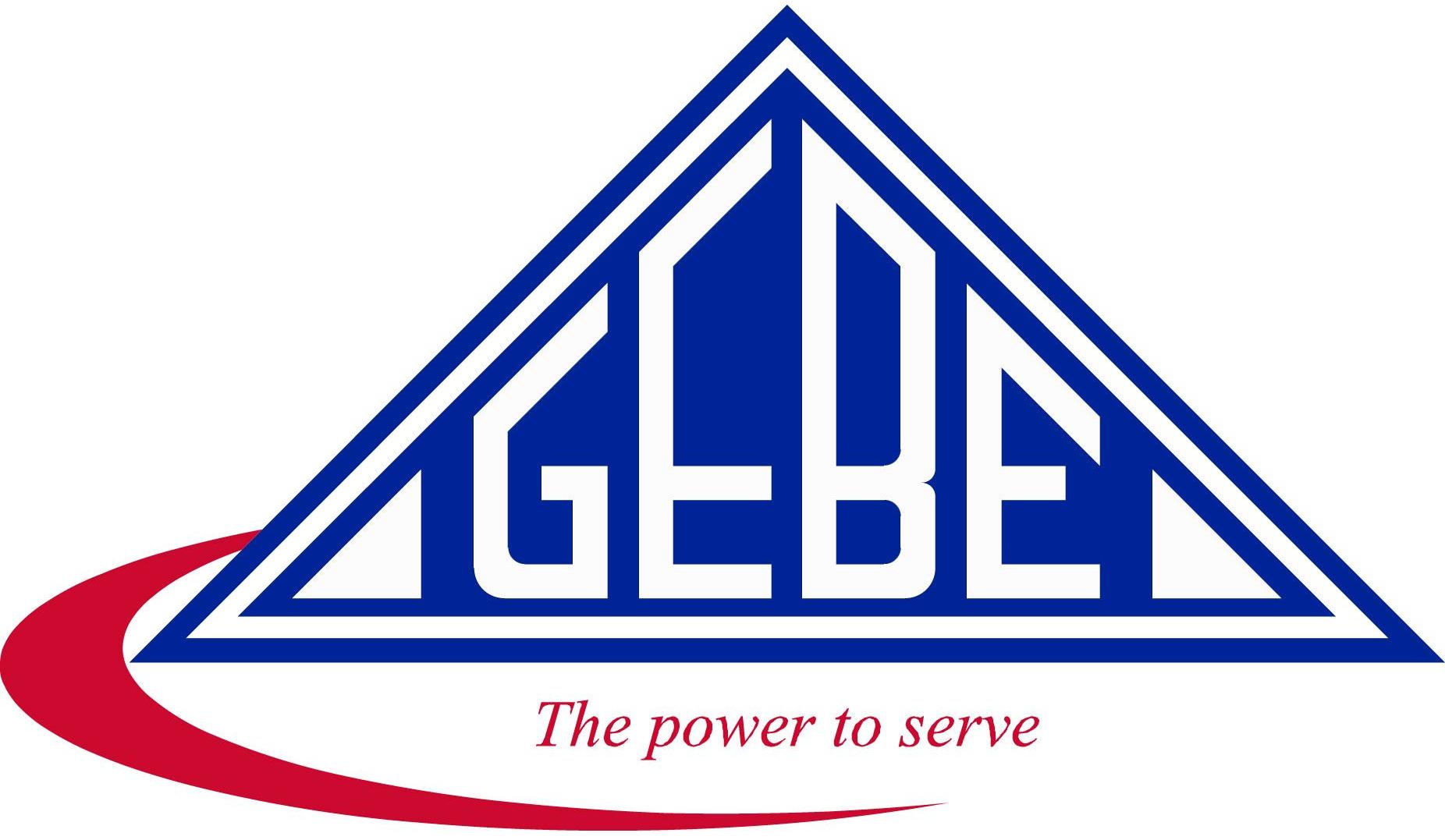
Residential Connections are for domestic use only. For businesses, organizations, or non-profit foundations, use the new Non-Residential Connection.
To apply for a new residential connection, please bring along the following information:
I already have a meter
- New Residential Application Form
- Pictured I.D. / Local I.D. Card.
- Meter number(s) or previous tenant name
- Notarial deed (Proof of ownership of property)
- Deposit Electricity Connection
- Deposit Water Connection
GEBE requires a deposit and signing of the contract before the service is connected.
A meter needs to be installed
- New Residential Application Form
- Pictured I.D. / Local I.D. Card.
- Meter number(s) or previous tenant name
- Notarial deed (Proof of ownership of property)
- Deposit Electricity Connection
- Deposit Water Connection
- Inspection / Building permit from Public Works Department
- KvA fee
GEBE requires a deposit and signing of the contract before the service is connected.
Electricity Deposit for Residential Connection:
- 1 Phase Meter: NAF 200.
- 2 Phase Meter: NAF 400.
- 3 Phase Meter: NAF 600.
Water Deposit for Residential Connections:
- NAF 200.
The purpose of the deposit is to secure payment to GEBE for electricity and water consumed. GEBE reserves the right to amend the deposit amounts referred to below. The security deposits amount is calculated based on your expected monthly usage. The following standard security deposits may be used. All deposits are refundable, less any outstanding balance due for electricity consumed, when the related account is closed.
KvA fee:
- 3.2 kVA fls. 160
- 7.7 kVA fls. 385
- 13.3 kVA fls. 2000
- >13.3 kVA fls. 2000 + fls 2500 per block of 5 kVA
With an estimated maximum demand exceeding 13.3 kVA, Fls. 2,000.00 plus Fls. 2,500 for each block of 5 kVA above a demand of 13.3 kVA.
New non-residential properties are subject to the kVA fee. This is a one-time non-refundable charge for connecting the new non-residential property to the distribution network. This amount is based on the electrical demand (kVA)
